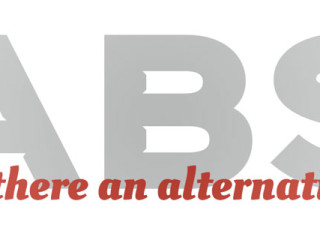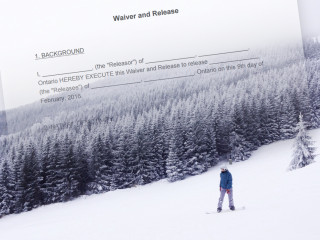This case deals exclusively with whether non-earner benefits (“NEBs”) are deductible from a tort award for loss of income (“LOI”).
By way of background, the plaintiff was struck by a TTC bus in March 2012. The case went to trial and the jury awarded Ms. Kolapully $200,000 in past LOI ($150,000 after a reduction for contributory negligence). The defendants moved under section 267.8 of the Insurance Act to have the LOI reduced by the NEBs the plaintiff had received from her accident benefit insurer.
Sugunasiri J. noted that past decisions, have for the most part, fallen into two categories: those that use the “apples to apples” approach, as was the case with the court of Appeal in Walker v. Ritchie (2005), 197 O.A.C. 81 and those that preferred a “broader silo approach to deductions” such as was suggested by the court of Appeal in Cadieux v. Cloutier, 2018 ONCA 903, 143 O.R. (3d) 545.
In Walker, the Court of Appeal concluded that NEBs represented compensation for loss of enjoyment of life and were not to be deducted from a LOI award. In Cadieux, the same Court of Appeal took a broader, silo approach to deductions, and in obiter commented that NEBs and IRBs belong in the “income loss silo”.
The defendants argued that s.3(7)(d) of the SABS, which was not in effect at the time Walker was decided, and which mandates the deduction of “payments for loss of income under an income continuation benefit plan”, including CPP benefits, indicates a wider scope for deductions to ensure that there is no double indemnification. However, Sugunasiri J. noted that while CPP benefits are specifically listed, NEBs are not. As well, while “income continuation” and CPP payments are tied to income, NEBs are not.
Next the defendants argued that subsections 12.2 and 12.3 of the SABS mandate the deduction of “all other income replacement assistance” from NEBs, and that the word “other” implies that NEBs are also a form of income replacement. While Sugunasiri J. admitted that on its face this was a compelling argument, however “the inclusion of one word leaves the NEBs ambiguous at best and does not have the express language one would expect to see if the Legislature intended to group NEBs with other income replacement benefits”.
Lastly, the defence argued that while the IRB provides payment for “loss of income”, the NEBs provide payment for “loss of earning capacity”. This argument did not find favor with Sugunasiri J. either.
In deciding to follow Walker, the court noted that the obiter comment in Cadieux is not binding: “I consider the court of Appeal’s comments in Cadieux to be… in the category that might be helpful or persuasive, but so far removed from its ratio that I am not bound by the court’s comment. Cadieux deals with different issues and does not consider NEBs, whereas Walker deals explicitly with the deductibility of NEBs… The robust analysis of the nature of NEBs in Walker is strengthened by multiple court of Appeals decisions relying on the same principles. I do not think that the Court of Appeal intended to overturn this breath of jurisprudence with one comment in a case that was not about NEB deductibility”.















